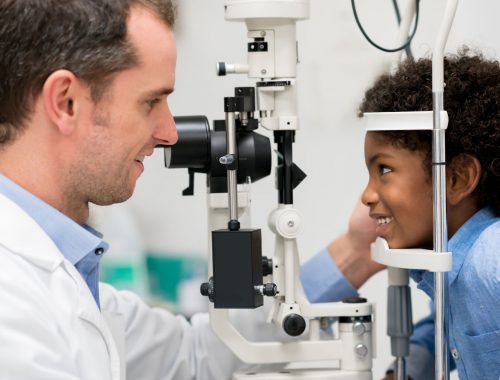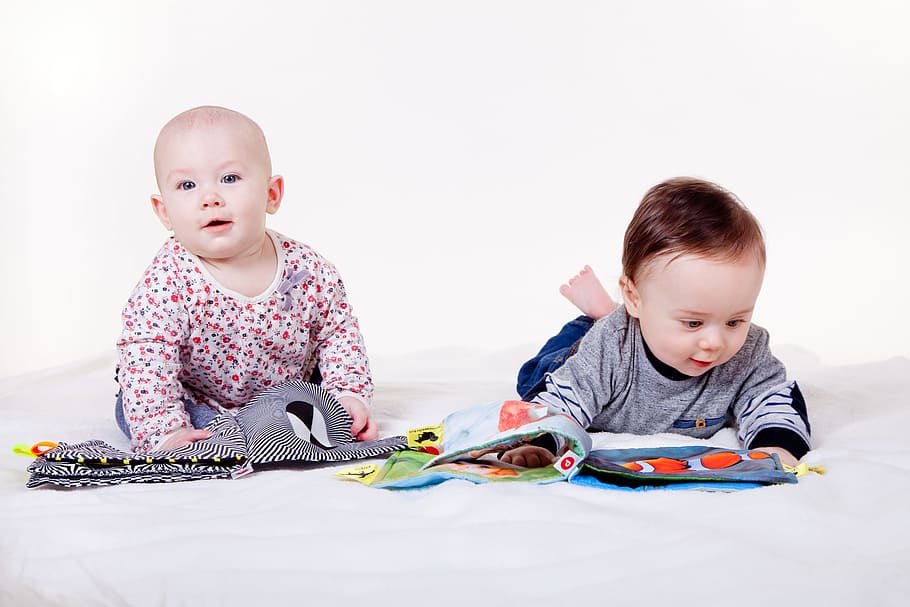
6 Enriching Play for Young Children
6 Enriching Play for Young Children
A certain type of play contributes to a child’s development at every age. Even at a few months old, babies love to explore new things. While all games are good for learning, some are more appropriate and effective when they match the toddler’s age playing them.
1. 0 to 6 months: early learning and exploration games
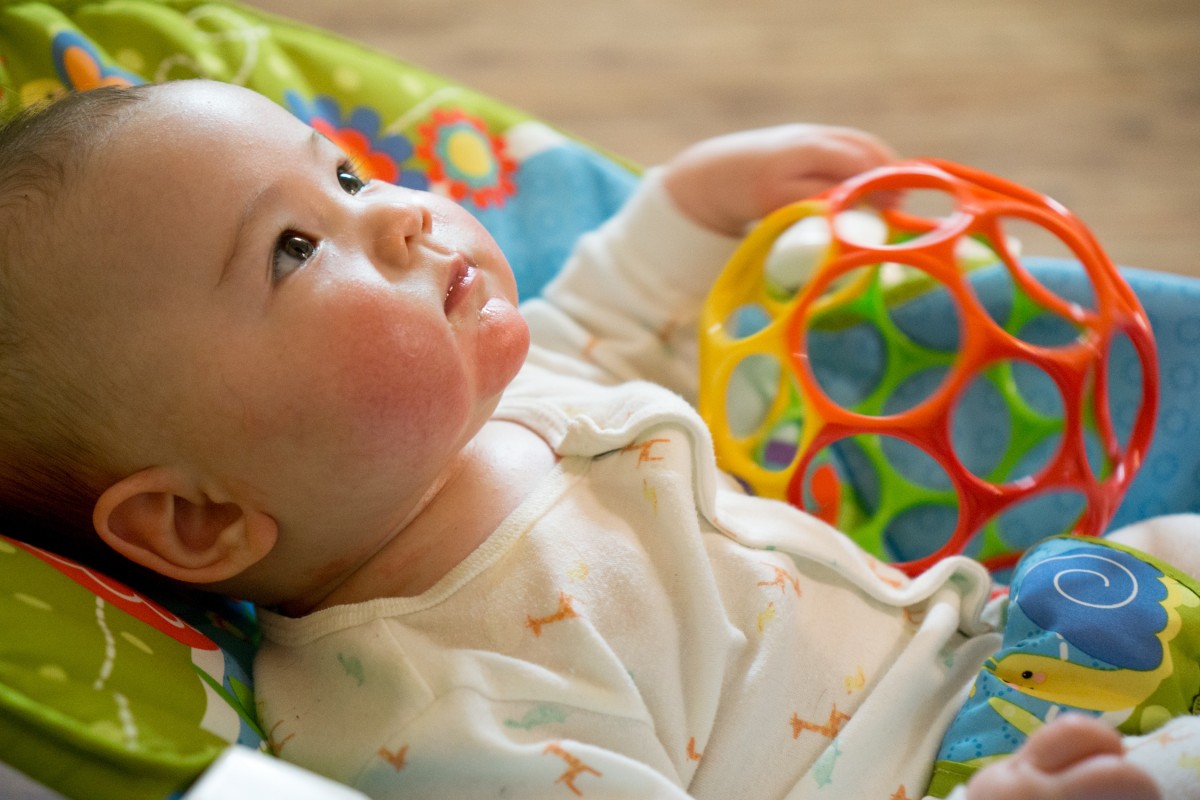
As small as they may seem at just a few months old, babies explore their environment and develop their senses at an impressive rate. The toy must therefore be able to stimulate
– sight: bright colors, original shapes;
– hearing: noises, music, speech;
– touch: different materials to caress.
The ideal games for a baby:
– mobiles;
– the porticos;
– the carpets of awakening.
Good to know: when your friends are born, they won’t know what to give your baby. Prepare a list to choose things that the baby will need.
2. 6 to 12 months: manipulative play

From 6 months on, manipulative play can help develop skills and motor skills. It also helps them understand the world around them.
Play encourages the child to:
– grasp an object in each hand;
– master the “pinch” (grabbing a toy between thumb and forefinger)
– stand upright.
Good games for a six-month-old:
– activity boards;
– water games
– Balls;
– books.
Good to know: from birth, the child enjoys water pleasures. First in a bathtub, but also, if the weather permits, in a small inflatable pool.
3. From 12 to 24 months: construction games
Around 12 months, the first construction games capture the attention of children. They aim to develop their sense of manipulation and, therefore, their growing cognitive skills.
To develop the child’s cognitive abilities:
– Help him walk.
– Encourage him to say a few words.
– Encourage him to pencil scribble.
– Push him to manipulate objects to understand their meaning.
Suitable building sets:
– simple construction sets (cubes);
– shape boxes
– all pull and push toys;
– Magic slates.
Good to know: games accumulate in your child’s small room? Make a storage canvas on the ceiling!
4. Ages 2 to 4: Imitation games
At this age, children’s motor skills are becoming more refined. Imitation games allow them to develop their imagination.
The objective of imitation games:
– To allow the child to say words and complete sentences.
– To encourage them to think for themselves.
Imitation games are suitable from the age of 2:
– disguises;
– Doctor’s cases, craft workshops;
– creative activities (modeling clay, painting, etc.);
– the first easy board games (lotto, dominoes…).
5. From 4 to 6 years: board games
The child grows up and starts to reason, and board games can bring him more maturity. Indeed, it teaches him to:
– have fun with others, with adults and other children;
– take turns;
– lose.
Board games for young children
– little horses;
– the game of the goose;
– puzzles and early puzzles.
Good to know: playing on the computer, a few hours a day, familiarizes the little ones, from their youngest age to new technologies. There are many educational games on tablets, smartphones, and computers.
6. From 6 years old: creative and sports games
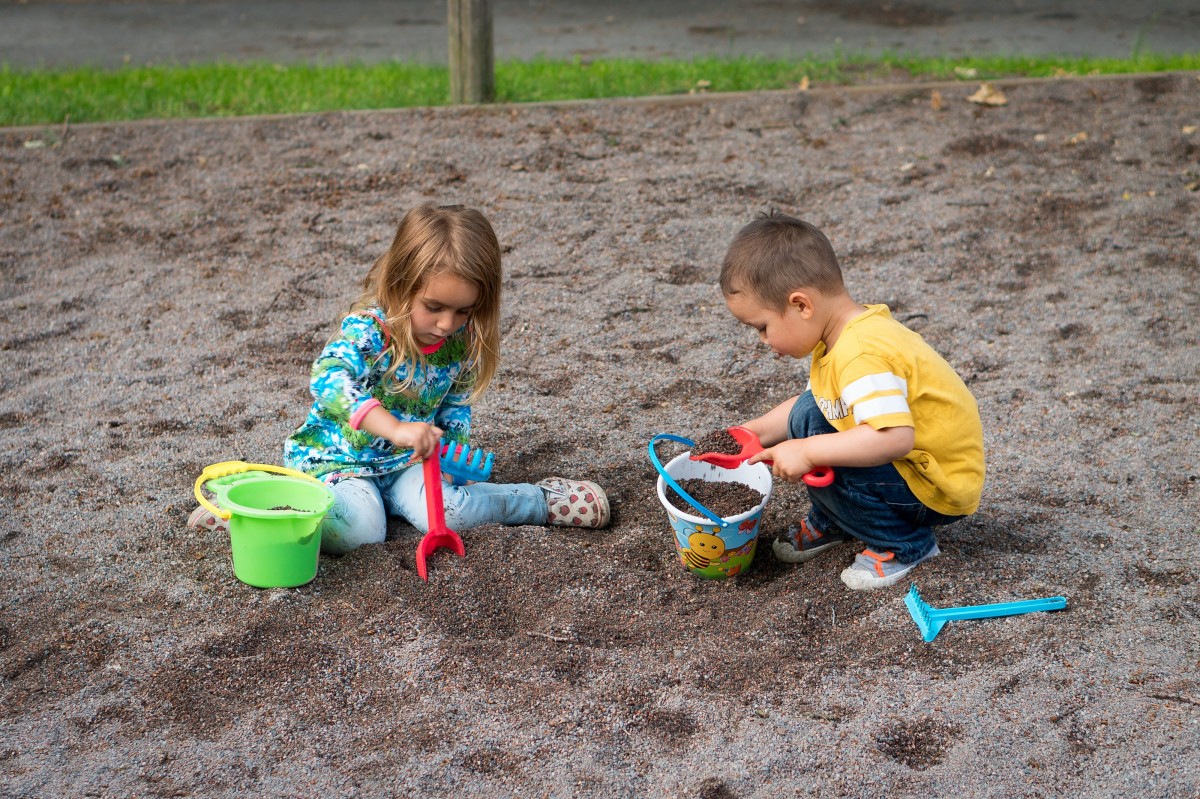
From the age of 6, children develop their logical thinking. They can now understand almost any game if it is well explained.
Encouraging your child’s creative and physical potential allows you to
– develop a taste for sports;
– train his fine motor skills;
– introduce them to creative leisure activities and plastic arts.
Games that promote physical and creative development
– cycling;
– Ball games;
– creative activities such as play dough, beads, collage, etc.
Good to know: fine motor skills are found in the small muscles of the hands and fingers. Gradually, children develop more precise movements to grasp and use objects.
The leisure activity that crosses the ages for the great pleasure of the young and old remains the book. Very small, for babies, it multiplies the materials, the bright colors, and the images… It grows with the child, who listens to his parents reading a story. As soon as he knows how to read, he starts reading independently before going to sleep or in the bath.
You May Also Like

How Quickly Do Babies Pick Up Languages
2022-02-15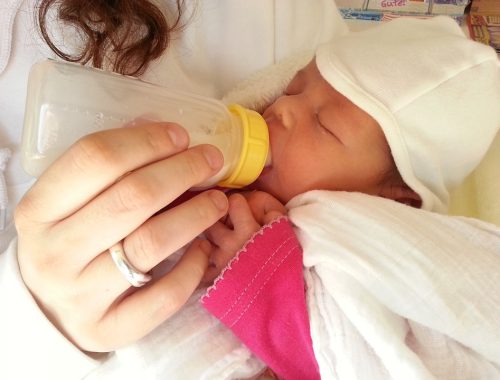
The Importance Of Breastfeeding
2022-01-20